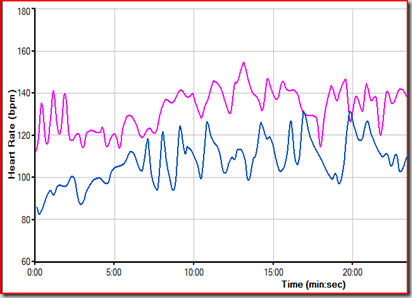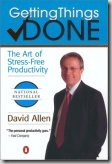How can one achieve their weight goal and still disappointed? For most of us, just look into the mirror.  Most of my life I have been slender, until a took a job as a sales representative. In the car ALL day, grabbing a soda here and there, large sizing every meal. Reality hit me when I was getting measured for a tux, for my wedding. The seamstress, quickly blurted out my measurements to her helper, then the snickers started! As soon as I arrived home that night I found the bathroom scale. At first glance I knew the scales were wrong - reading 230'.
Most of my life I have been slender, until a took a job as a sales representative. In the car ALL day, grabbing a soda here and there, large sizing every meal. Reality hit me when I was getting measured for a tux, for my wedding. The seamstress, quickly blurted out my measurements to her helper, then the snickers started! As soon as I arrived home that night I found the bathroom scale. At first glance I knew the scales were wrong - reading 230'.
I went straight to my wife, asking "AM I FAT?". Here is the (one)difference from men and women, she answered truthfully and said "YES!"
From that moment I started paying attention to my nutrition. I counted calories for 7 days, observing that my intake well exceeded my exertion, building a baseline of where to start from. Taking notice, a huge portion of my calories were linked to soda. I normally consumed 2x20 oz cola @ 240 calories each or 20% of recommended daily calories. This didn't include the soda I consumed with my meal, this was just traveling calories.
After this I quickly modified my behavior. I started drinking diet soda, with a max of one a day. I stopped LARGE sizing my meals, because they were making me large! I began exercising 3 days a week for at least 30 mins. In a few(6) months my weight returned to a desired limit, but I was not satisfied. What was left over from my weight gain, was a spare tire.
This is when I realized that a weight goal is not the best indicator of fitness. That's when I modified my goal, I added a desired body fat. For awhile I used a scale that measured my weight & body fat, but I recently changed to Accu-Measure Fitness 3000 Personal Body Fat Tester. I had my body fat calculated by a professional, and the Accu-Measure is much closer to my actual body fat than my old scale.
Honestly, I have been mildly successful reaching my body fat goal - from 25% to 15.7%. but I decided to reevaluated my plan. Noticing that my caloric intake was not enough to support my activity level - so the body hoards BODY FAT.
During this time I started running, where I learned about the importance of using a heart rate monitor so I bought a Garmin Forerunner 50, and having been using it to monitor my runs for the past few years. Recently, I decided to wear the monitor while working out. I was surprised.

This represents a normal work, 35mins. avg heart rate 110 bpm.
Formula for calculating and explanation:
Maximum heart rate / Pulse:
For men: 220 − Age
For women: 226 − Age
Health zone:
This amounts to 50-60% of the maximum heart rate.
Within this pulse range particularly the cardiovascular system will be invigorated. This range is particularly suitable for beginners.
Fat burning zone:
This amounts to 60-70% of the maximum heart rate.
Within this pulse range, most calories from fat are burned. Furthermore the cardiovascular system will be trained.
Aerobic zone:
This amounts to 70-80% of the maximum heart rate.
Within this pulse range, carbohydrates and fats are burned for power production in the muscle cells. This range requires the cardiovascular system as well as the lung and the metabolism.
Anaerobic zone:
This amounts to 80-90% of the maximum heart rate.
Within this pulse range, the body cannot cover the oxygen demand any longer. This range is for the development of power and muscle mass.
Using this information, I found most of my strength workouts stayed in the "Health zone", so I was not burning desired fat. I have followed a Men's Health article advise, on how to use a heart rate monitor to improve my running performance, but I have never applied this thought to my strength training - until now. I now begin each and every workout with 10mins of a cardio exercise, to elevate my heart rate.

Under the revised plan, my avg heart rate 135 bpm, this translates to 69% of my maximum heart rate and now I staying in the fat burning zone longer -burning more fat.

Sphere: Related Content









![clip_image002[10]](http://lh4.ggpht.com/awakin/SFSPP4Hk9AI/AAAAAAAAAJM/oo2tApVF92k/clip_image00210_thumb2.jpg?imgmax=800)
![clip_image002[13]](http://lh6.ggpht.com/awakin/SFSPQzXK_EI/AAAAAAAAAJU/ZThVWE1l1no/clip_image00213_thumb3.jpg?imgmax=800)
